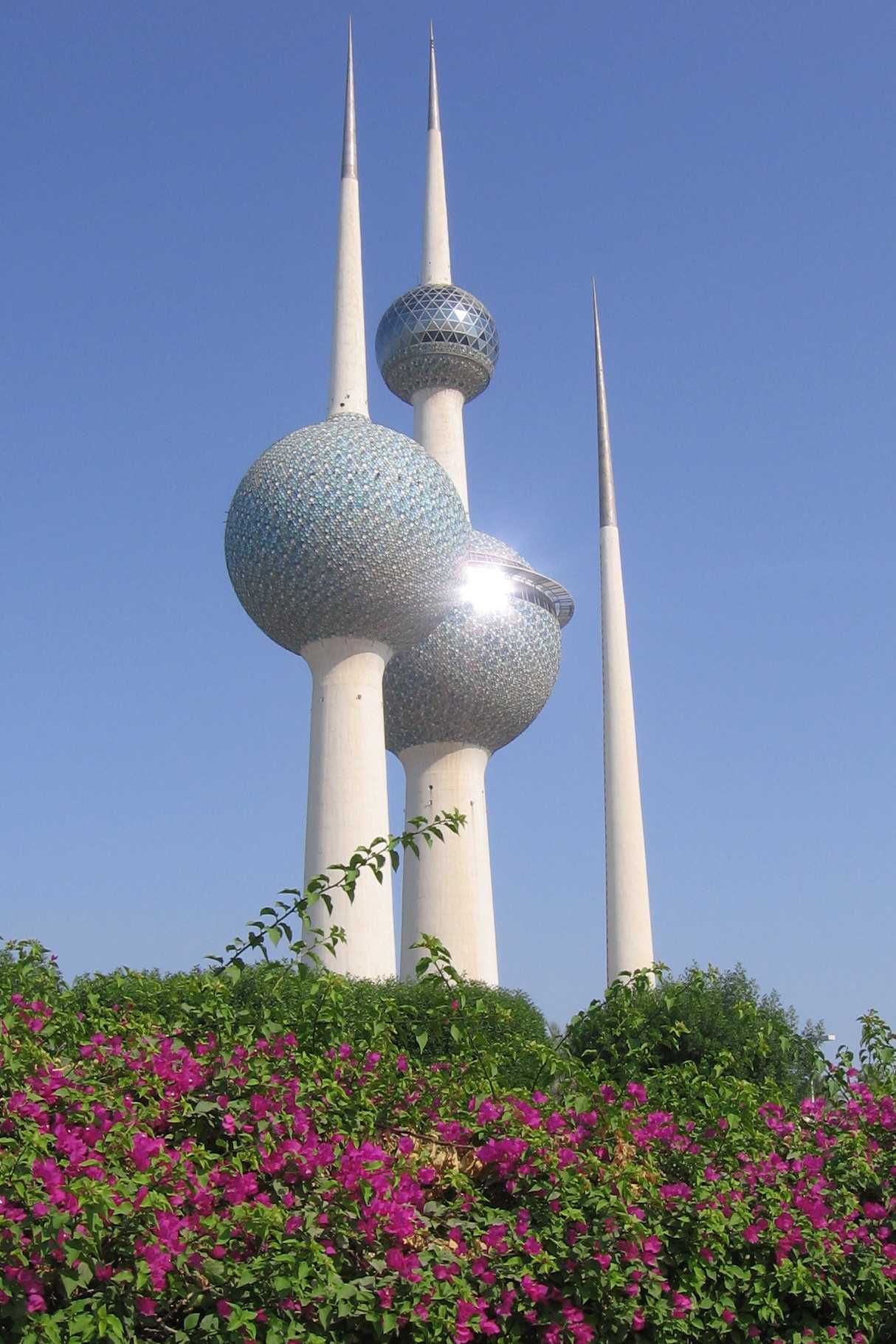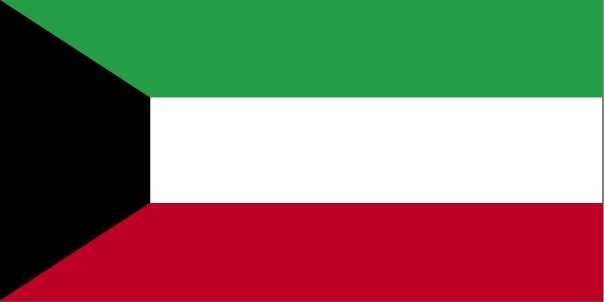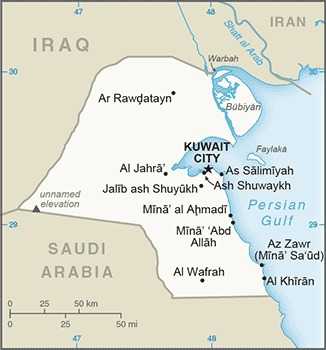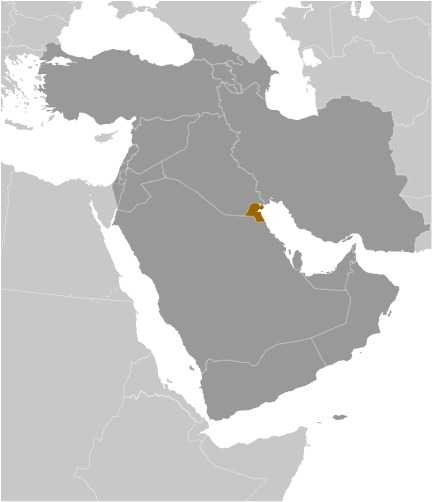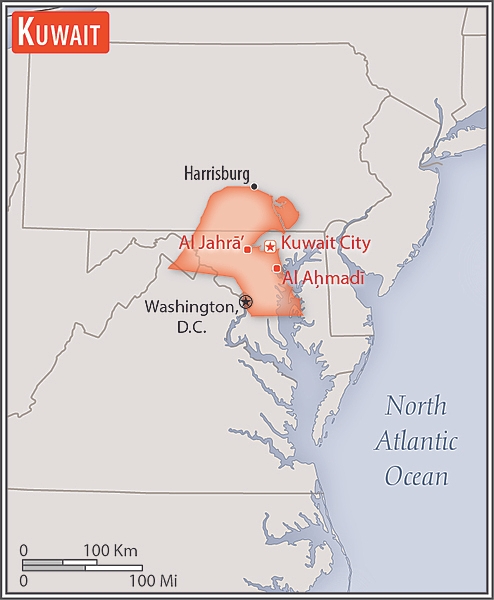Introduction
Visit the Definitions and Notes page to view a description of each topic.
Geography
People and Society
Population
comparison rankings: total 136; male 133; female 142
Languages
Median age
comparison ranking: total 138
Population growth rate
comparison ranking: 85
Birth rate
comparison ranking: 84
Death rate
comparison ranking: 227
Net migration rate
comparison ranking: 197
Maternal mortality ratio
comparison ranking: 154
Infant mortality rate
comparison ranking: total 154
Life expectancy at birth
comparison ranking: total population 63
Total fertility rate
comparison ranking: 83
Obesity - adult prevalence rate
comparison ranking: 11
Alcohol consumption per capita
comparison ranking: total 189
Tobacco use
comparison ranking: total 50
Children under the age of 5 years underweight
comparison ranking: 92
Education expenditure
comparison ranking: Education expenditure (% GDP) 24
Environment
Carbon dioxide emissions
comparison ranking: total emissions 43
Government
Economy
Real GDP (purchasing power parity)
comparison ranking: 72
Real GDP growth rate
comparison ranking: 209
Real GDP per capita
comparison ranking: 49
Inflation rate (consumer prices)
comparison ranking: 91
GDP - composition, by sector of origin
comparison rankings: agriculture 190; industry 5; services 116
Industrial production growth rate
comparison ranking: 179
Labor force
comparison ranking: 111
Unemployment rate
comparison ranking: 18
Youth unemployment rate (ages 15-24)
comparison ranking: total 78
Current account balance
comparison ranking: 14
Reserves of foreign exchange and gold
comparison ranking: 42
Energy
Electricity
comparison rankings: installed generating capacity 51; consumption 40; transmission/distribution losses 173
Energy consumption per capita
comparison ranking: 6
Communications
Telephones - fixed lines
comparison ranking: total subscriptions 88
Telephones - mobile cellular
comparison ranking: total subscriptions 101
Broadband - fixed subscriptions
comparison ranking: total 146
Transportation
Merchant marine
comparison ranking: total 72
